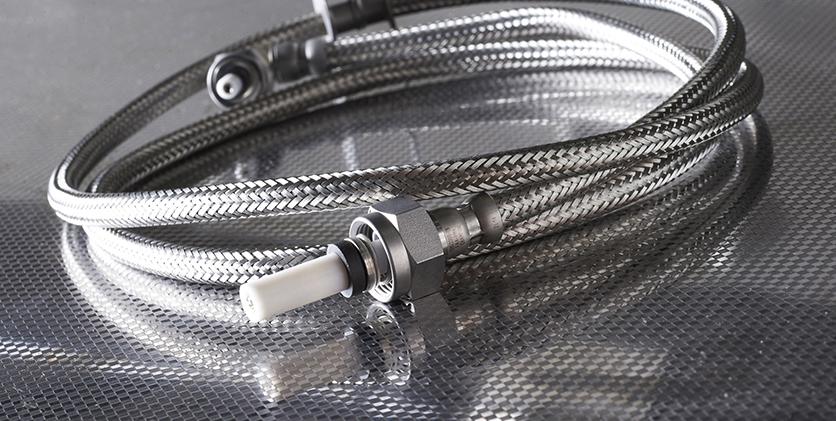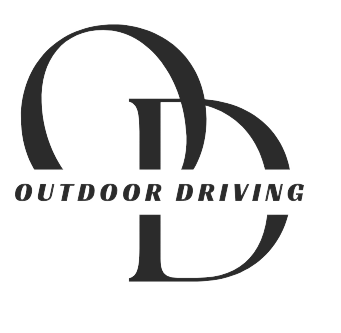There are a few ways to increase low end torque. One way is to install a larger diameter pulley on the crankshaft. This will cause the engine to turn slower but with more force, resulting in increased torque.
Another way is to increase the size of the throttle body or carburetor. This will allow more air and fuel into the engine, which will also result in increased torque.
- Increasing low end torque can be done by a number of methods
- One way is to increase the displacement of the engine
- This can be done by either increasing the bore or stroke of the engine, or both
- Another way to increase low end torque is by increasing the compression ratio of the engine
- This can be done by using higher quality components and materials in the engine, such as forged pistons and connecting rods, or a stronger cylinder head gasket
- Finally, you can also increase low end torque by adding forced induction to the engine, such as turbocharging or supercharging
How to Build an Engine for Low End Torque
If you’re a gearhead, then you know that torque is what makes an engine go. The more torque an engine has, the more power it can produce. That’s why when you’re building an engine for low end torque, you want to make sure that it has plenty of grunt.
Here are a few tips on how to build an engine for low end torque:
1. Choose the right camshaft – A cam with longer duration and larger lift will help increase low end torque.
2. Increase displacement – This can be done by stroking the engine or boring it out.
Increasing displacement will also help increase low end torque.
3. Use high-compression pistons – High-compression pistons will help increase cylinder pressure, which will in turn help increase low end torque.
4. Install headers – Headers will help scavenge exhaust gases from the cylinders, which will help improve airflow and thus increase low end torque.
Best Mods for Low End Torque
There are a few different ways to increase low end torque on your vehicle. One way is by installing a larger turbocharger. This will force more air into the engine which will create more power.
Another way to increase low end torque is by installing a nitrous oxide system. This will provide a boost of power when you need it most. Lastly, you can also install a cold air intake to help increase airflow and power.
How to Increase Low End Torque Diesel
If you’re looking to increase the low end torque in your diesel engine, there are a few things you can do. First, make sure the engine is properly tuned. A well-tuned engine will run more efficiently and produce more power.
Second, install a larger turbocharger. A bigger turbo will help to improve airflow and boost pressure, which will lead to more torque. Finally, consider adding an aftermarket intercooler.
An intercooler helps to cool the air charge coming from the turbo, which can further increase power and torque. By following these tips, you can be sure to get the most out of your diesel engine’s low end torque!
How to Increase Torque of Engine
If you’re looking for ways to increase the torque of your engine, there are a few things you can do. First, you can install a larger diameter throttle body. This will allow more air to enter the engine, which will in turn create more torque.
You can also install a cold air intake system, which will help to improve airflow and thus increase torque. Finally, you can add an aftermarket exhaust system. This will help to improve exhaust flow and also increase torque.
Is Low End Torque Better
There’s a lot of debate in the automotive world about which is better – low end torque or high end horsepower. And while there are pros and cons to both, ultimately it comes down to personal preference. So, what’s the difference between the two, and which one is right for you?
Low end torque is the force that gets your car moving from a dead stop. It’s what gives you that initial burst of power to get up to speed. High end horsepower is the force that keeps your car moving once you’re already at speed.
It’s what allows you to maintain high speeds and accelerate quickly.
So, which one is better? Well, it depends on what you’re looking for in a car.
If you want something that’s going to get up to speed quickly, then low end torque is probably more important to you. If you’re more interested in maintaining high speeds and being able to accelerate quickly, then high end horsepower will be more important.
Ultimately, it comes down to personal preference.
Some people prefer the feeling of low end torque because it feels like the car is really getting up and moving when they hit the gas pedal. Others prefer high end horsepower because they like being ableto maintain higher speeds and have quicker acceleration when they need it. There’s no right or wrong answer – it all comes down to what YOU want in a car!

Credit: carfromjapan.com
How Do I Increase Low End Torque on My Bike?
If you want to increase the low-end torque on your bike, there are a few things you can do. One is to install a larger front sprocket. This will decrease your top speed, but it will make it easier to get up to speed from a stop.
Another option is to change your gearing so that you have a higher ratio in the lower gears. This will make it harder to pedal at high speeds, but you’ll be able to take off from a stop much quicker. Finally, you can try adding weight to the rear wheel of your bike.
This will help with traction and make it easier to get up to speed.
What is Good Low End Torque?
In an internal combustion engine, low end torque is the amount of rotational force – or torque – that is produced by the engine at lower RPMs. This is in contrast to high end torque, which is produced at higher RPMs. Low end torque is important because it determines how quickly the engine can accelerate from a stop, and how much pulling power it has for tasks like climbing hills.
There are a few factors that affect low end torque, including camshaft design, valve timing, cylinder head porting, and exhaust system design. In general, though, increasing low end torque will result in a loss of high end power (and vice versa). So it’s a matter of finding the right balance for your needs.
camshaft design: The shape of the camshaft can affect low-end torque. A “lopey” cam with big lobes will open the valves further and for longer duration than a “tight” cam with smaller lobes. This allows more air/fuel mixture into the cylinders and can increase low-end power.
But too much duration can cause problems at higher RPMs due to valve float (the valves bouncing on their seats instead of closing tightly), so there’s a trade-off.
valve timing: The timing of when the intake and exhaust valves open and close can also affect low-end torque. Opening the intake valves earlier (known as advancing the timing) allows more air/fuel mixture into the cylinders at lower RPMs.
This can increase low-end power, but again, if you advance the timing too much you’ll run into problems at higher RPMs due to pre-ignition (the air/fuel mixture igniting too early).
cylinder head porting: Porting refers to enlarging and shaping the intake and exhaust ports in order to improve airflow into and out of the cylinders. Enlarging and shaping these ports can help increase both low-end and high-end power by allowing more air/fuel mixture into each cylinder per revolution.
However, porting work must be carefully done in order not to adversely affect engine airflow characteristics.
Do Turbos Increase Low End Torque?
A turbocharger is an exhaust gas-driven compressor used to increase the power output of an internal-combustion engine by compressing air that is entering the engine thus increasing the amount of available oxygen. A key advantage of turbochargers is that they offer a considerable increase in power with only a slight increase in weight.
Turbochargers were originally known as turbosuperchargers when they were first used in World War II fighter aircraft.
Today, they are used extensively in both passenger cars and commercial vehicles. In general, a turbocharged engine produces more power than its naturally aspirated counterpart of the same displacement. For example, a 2.0L turbocharged engine can produce up to 20% more power than a 2.0L Naturally Aspirated engine.
Is Low End Torque Better for Acceleration?
When it comes to acceleration, there are a few factors that come into play. One of those is torque. More specifically, low end torque.
So, is low end torque better for acceleration? Let’s take a closer look.
Torque is a measure of how much force is being applied to an object to rotate it.
In terms of engines, it’s a measure of how much force the engine can apply to the wheels to make them turn. The more torque an engine has, the more force it can apply and the faster it can accelerate.
However, there’s more to consider than just raw torque numbers.
An engine with a lot of low end torque will be able to apply that force at lower speeds. This means that it will be able to get a vehicle moving from a stop quicker than an engine with less low end torque. In other words, low end torque is better for acceleration.
Of course, there’s more to consider than just acceleration when choosing an engine. But if you’re looking for quick starts from a dead stop, then you’ll want an engine with plenty of low end torque.
How to increase low end torque? Must Watch
Conclusion
There are a few ways to increase low end torque, and it really depends on what you’re looking for. If you want more power, you’ll need to either add weight or change the gearing. Adding weight will help with traction, but it will also make the car slower.
Changing the gearing will make the car faster, but it won’t have as much low end power.
